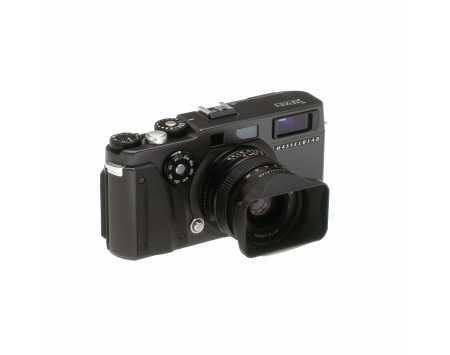Hasselblad XPan 35mm Panoramic Film Camera

The XPan is an extremely unique camera, providing the advantages of the 35mm format but also the ability to swiftly change to full panorama format without having to change the film. The XPan utilized a dual-format, producing both full panorama 24x65mm format in addition to conventional 24x36mm format on the exact same film. It was the first dual-format 35mm camera on the market that expanded the format instead of masking it, making sure that every exposure utilized the full area of the film.
The 65mm width of the full panorama images are similar to the medium format, actually making the XPan a medium format camera for 35mm film. Weighing in at only 950 grams, the camera boasts a silent shutter, a quiet and quick built-in motor drive, an electronic exposure counter, and ran on two CRV2 3V batteries.
With this camera concept, Hasselblad added a new dimension to the world of 35mm film and a perfect complement to the already extensive Hasselblad camera system. In total, there were about 16,800 XPan cameras produced between 1998 and 2002.
The XPan has three interchangeable compact lenses, including focal lengths of 30mm, 45mm, and 90mm. The full panorama format was made possible by the large image circles of the specially designed interchangeable lenses. These light and extremely compact “medium format” lenses were characterized by razor-sharp image quality and excellent coverage. Multicoating of the glass elements ensured top quality results, exhibiting brilliant contrast and full tonal scale.
When shooting with the XPan, as the film was exposed, it is wound back frame-by-frame into the cassette, thereby protecting the exposed section in case the camera was accidentally opened. This useful feature – combined with the XPan’s extremely quiet exposure and film transport – also reduced the risk of unwanted noise, since the camera wound film when the photographer decided to load film, not at the unexpected end of a roll.
